Lectures Notes On Phase Transformations In Nuclear Matter
The atomic nucleus, despite of being one of the smallest objects found in nature, appears to be large enough to experience phase transitions. The book deals with the liquid and gaseous phases of nuclear matter, as well as with the experimental routes to achieve transformation between them.Theoretical models are introduced from the ground up and with increasing complexity to describe nuclear matter from a statistical and thermodynamical point of view. Modern critical phenomena, heavy ion collisions and computational techniques are presented while establishing a linkage to experimental data.The pedagogy, proposed problems and computer codes provided make this book an invaluable source of information to understand modern nuclear physics in the heavy-ion and intermediate-energy regime. The book also serves as an introduction to the use of modern statistical and computational techniques in the field of nuclear physics.
{{comment.content}}
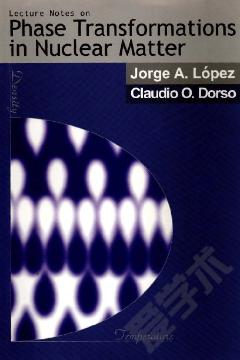
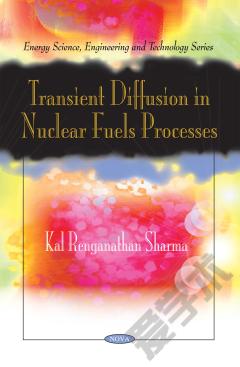

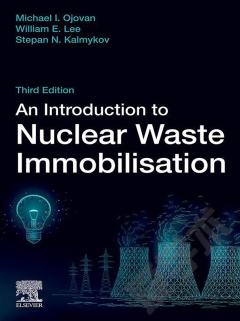

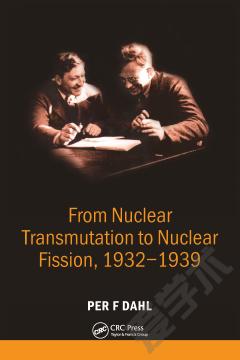
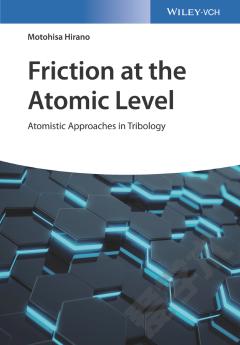

 京公网安备 11010802027623号
京公网安备 11010802027623号